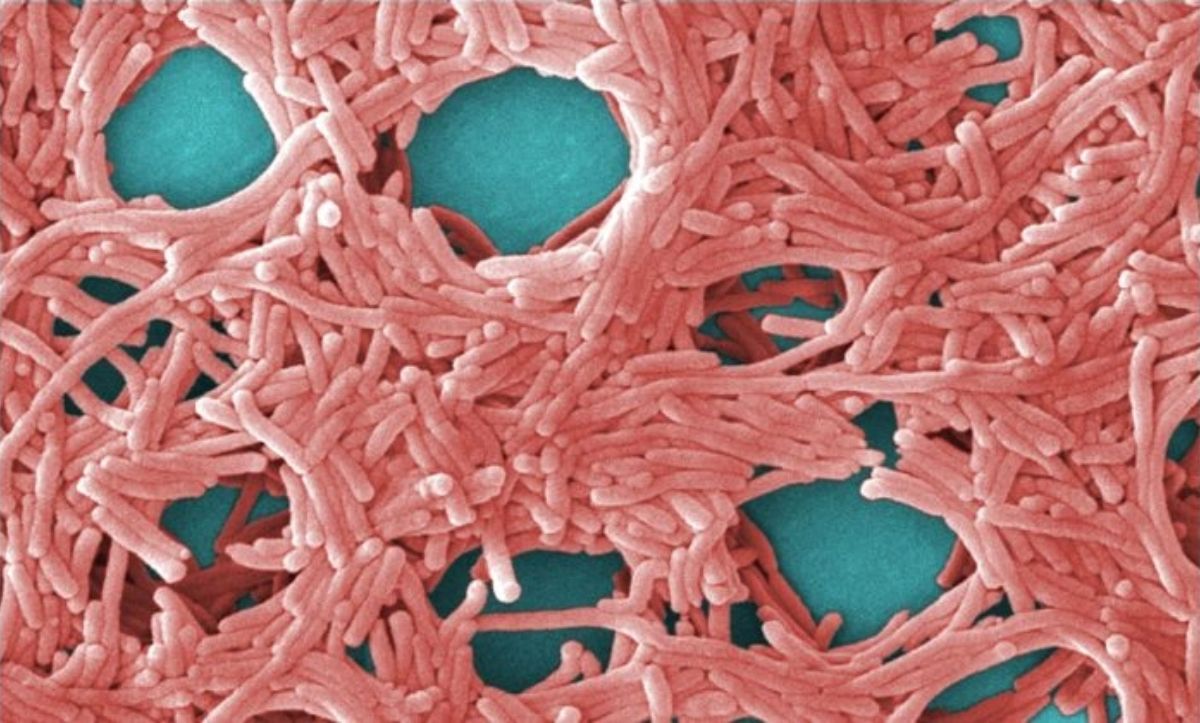Health
CDC Warns of Deadly Bacteria in Tap Water
It’s responsible for 98% of waterborne deaths.

This article originally appeared on The Epoch Times and was republished with permission.
Guest post by Amie Dahnke
A deadly bacteria found in drinking water systems across the country was the cause of a rise in outbreaks and deaths, according to a new report from the U.S. Centers for Disease Control and Prevention.
Legionella Responsible for 98 Percent of Waterborne Deaths
Legionella-associated outbreaks are the leading cause of water-related outbreaks, hospitalizations, and deaths throughout the nation, according to the CDC. Legionella, a type of bacteria that can form hazardous biofilms, is responsible for causing the potentially fatal Legionnaires’ disease, a severe form of pneumonia.
Between 2015 and 2020, Legionella was the bacteria “most implicated” in outbreaks associated with public water systems, causing 92 percent of such outbreaks, the CDC noted in its newest report “Surveillance of Waterborne Disease Outbreaks Associated with Drinking Water.”
The number of Legionella-associated outbreaks in the U.S. fluctuated annually, with 14 outbreaks in 2015, 31 in 2016, 30 in 2017, 34 in 2018, and 33 in 2019, before declining to 18 in 2020. Collectively, these Legionella-associated outbreaks accounted for 37 percent of all waterborne illnesses (876 cases), 97 percent of hospitalizations (544 cases), and 98 percent of deaths (86 cases) during the five-year period, according to the report.
Each year, waterborne pathogens, including Legionella, sicken more than 7 million Americans, with 118,000 of these cases requiring hospitalization and 6,630 resulting in death. The burden of waterborne diseases is over $3 billion in direct health care costs.
One out of every 10 people who contract the disease will die from complications. Alarmingly, the death rate surges to one in four for those who acquire it during a stay in a health care facility.
Symptoms of Legionnaires’ disease include coughing, muscle aches, fever, shortness of breath, and headaches. People who are over 50, smoke, have chronic lung conditions, weakened immune systems, or take immunosuppressive medications are more susceptible to becoming ill from exposure to Legionella bacteria.
What Fuels Rapid Legionella Growth?
Although Legionella bacteria are naturally present in fresh water sources without typically causing disease, the bacteria can rapidly multiply and become a health hazard in man-made water systems like plumbing if the water is not adequately treated and maintained.
Legionella thrives in warm water, growing within biofilms—slimy, glue-like substances that can accumulate in water pipes.
Public water systems, for instance, can become sources for Legionella growth, posing potential health risks as people inhale the bacteria present in the air surrounding the contaminated water. Other common sources of Legionella infection include potable water used for showers, cooling towers in air conditioning systems, decorative fountains, and hot tubs.
-

 Health2 days ago
Health2 days agoWhat Have Vaccines Done to Us? The Truth is Disturbing
-

 Health3 days ago
Health3 days agoNew WEF Report Reveals the Global Elites’ Shocking Plan to Enforce Vaccination
-

 News1 day ago
News1 day agoNikki Haley Reveals Her New Job After Dropping Out of 2024 Presidential Race in Disgrace
-

 News1 day ago
News1 day agoWhy You Should Never, Ever Voluntarily Talk to the FBI


































